Reading the newly-launched autobiography of former First Lady Loi Ejercito-Estrada, Love, Mommyla, my friends, who went over the book, and I could not help but be impressed by the virtues and accomplishments of this First Lady who, early in life, had faced hardship because she was orphaned of her father, leaving behind Loi’s mother, only 28 years old, to make both ends meet for her three young children.
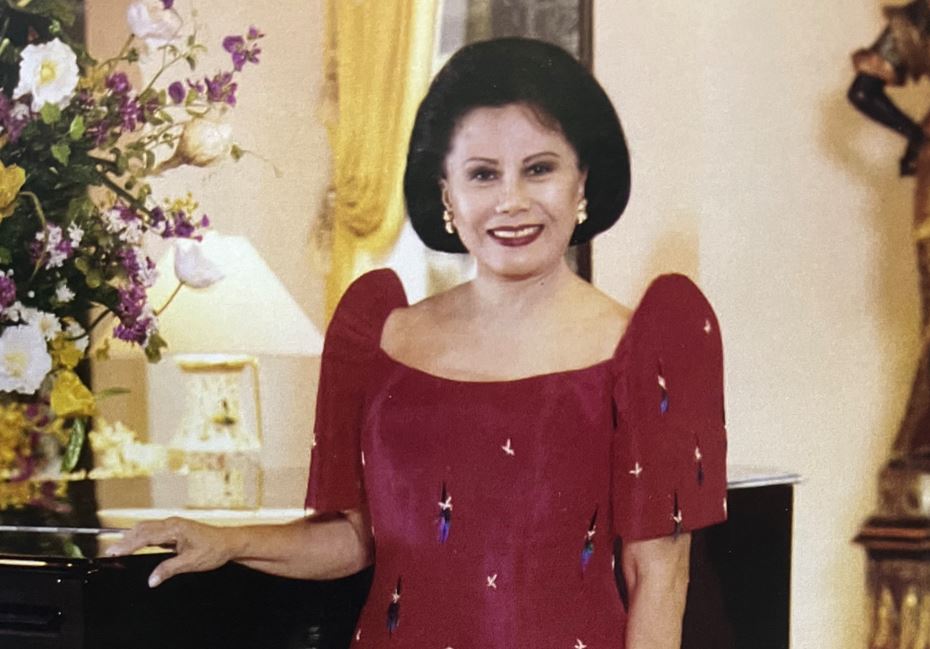
Having seen and experienced challenges in life at her early age, Loi grew up to be sympathetic toward the plight of the underprivileged. It is an attitude that would manifest in her social development projects when she became our First Lady.
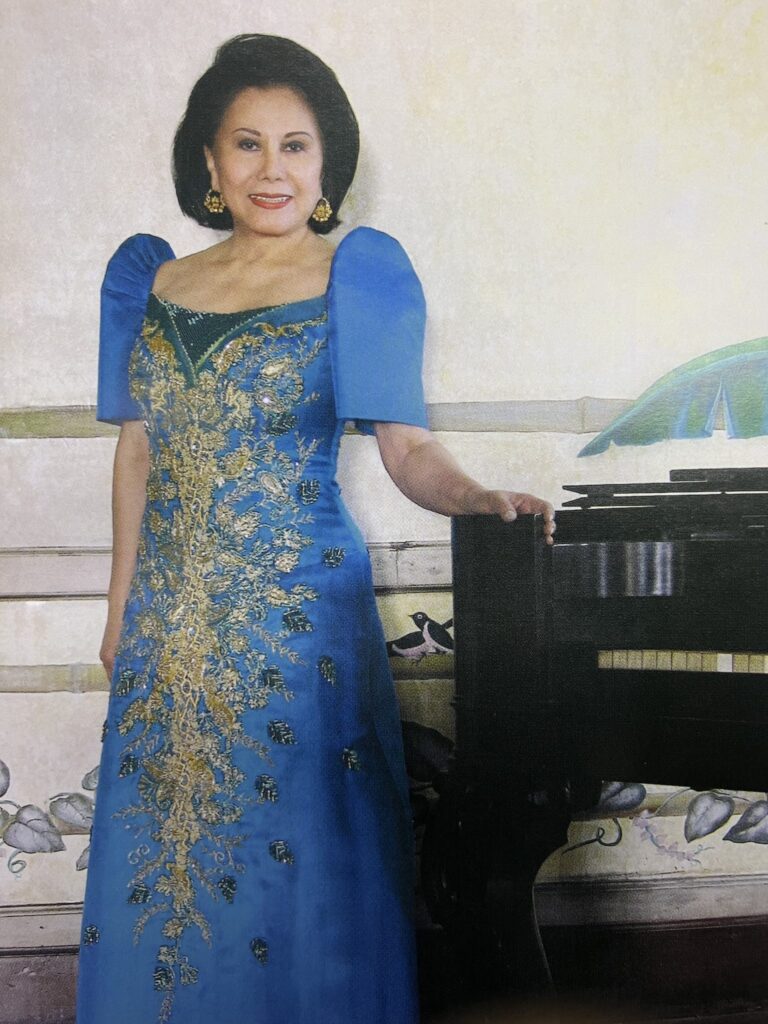
Doctora Loi, in her autobiography, admits to becoming a “reluctant First Lady of land.”
As she wrote, “I’ve had a lot of practice in diplomatic protocol as a senatorial spouse and as the country’s Second Lady. But this new role was set in a bigger stage, with stringent security once we moved to Malacanang.”
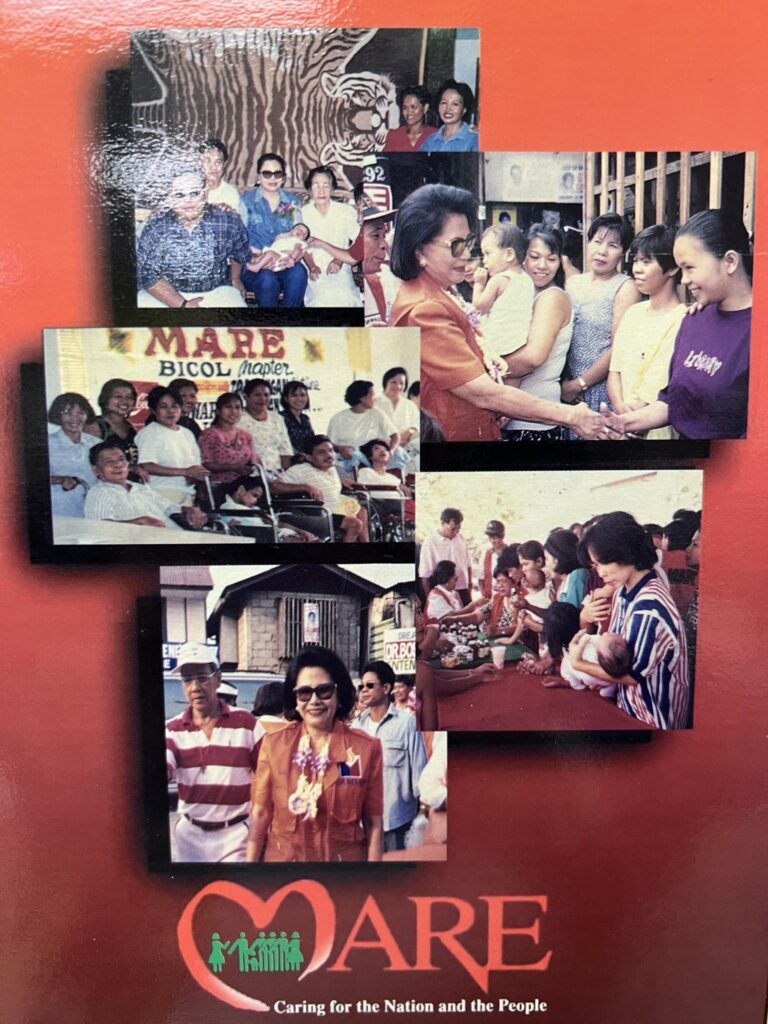
Realizing that she was “left to my own devices,” she turned to her own models, “inspirations or pegs, as you would say these days.” She realized glam was not her cup of tea, so taking after Jackie Kennedy and Imelda Marcos was out of the question. The lady physician was not one who cared about beautiful clothes even if she did her best to be well-groomed, fitting whatever role she had to play as the wife to Erap, the people’s president.
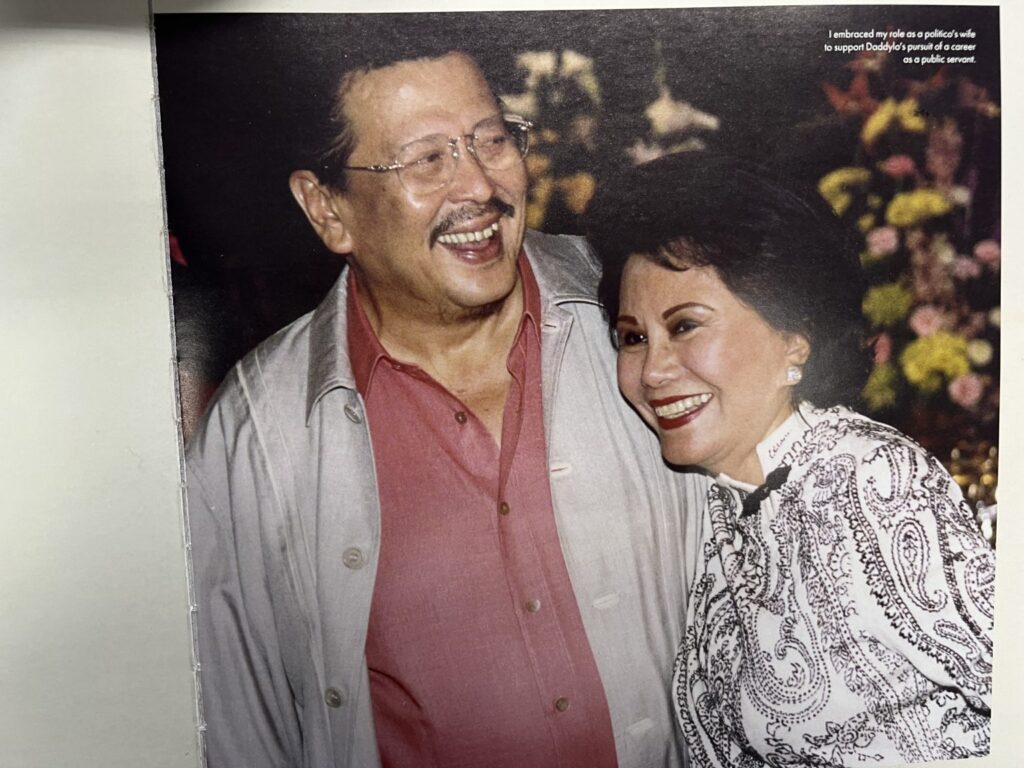
Doctora Loi, instead looked up to Mamie Eisenhower and Luz Banzon-Magsaysay who “brought to their husbands’ presidency their own quiet strength and warmth. That was what I emulated, adding my knowledge as a healer, in shaping my vision of a presidential wife.”
Loi, she wrote in her autobiography, “busied myself with my own projects, like the MARE Foundation’s expansion.” At the outset, she knew what she wanted to do — “to help more people, especially those in the far-flung areas.”
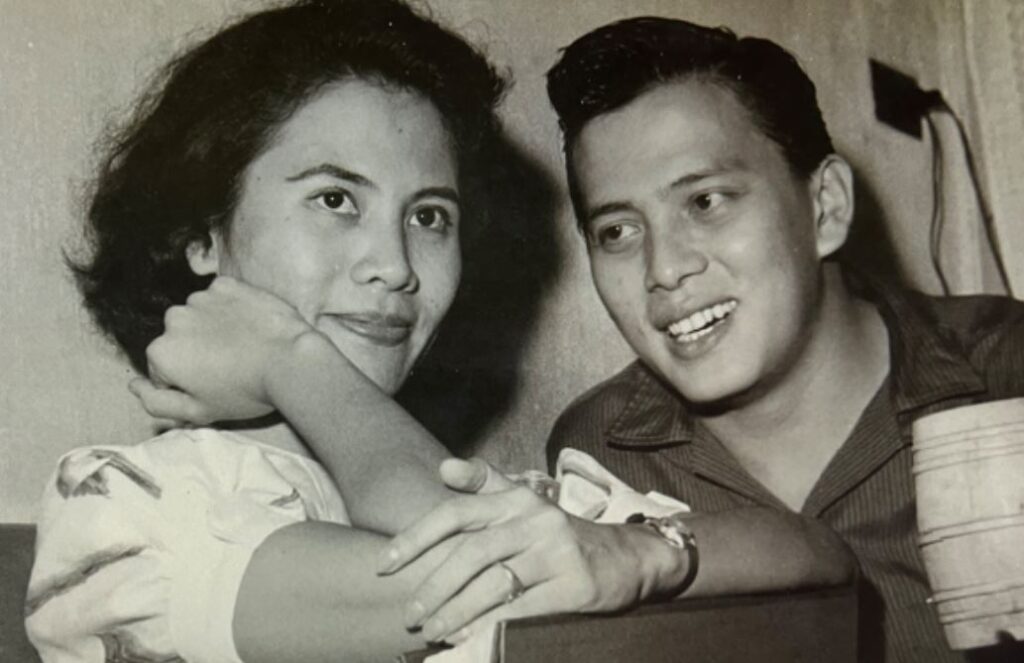
Doctora Loi and the MARE Foundation were “very active, even in the early years” of the ERAP presidential administration. The MAREs were prominent ladies who had helped in the ERAP campaign for the presidency, although many of them, as early as when the president became senator, helped Dra. Loi in her many projects addressing the needs of the downtrodden, especially in the area of health and medical care.
It was in 1992 when Dra. Loi founded MARE or Masa ang Riwasa ni Erap Foundation (Masses are the Riches of Erap). It was a women’s auxiliary intended to complement the Erap Para sa Mahirap.
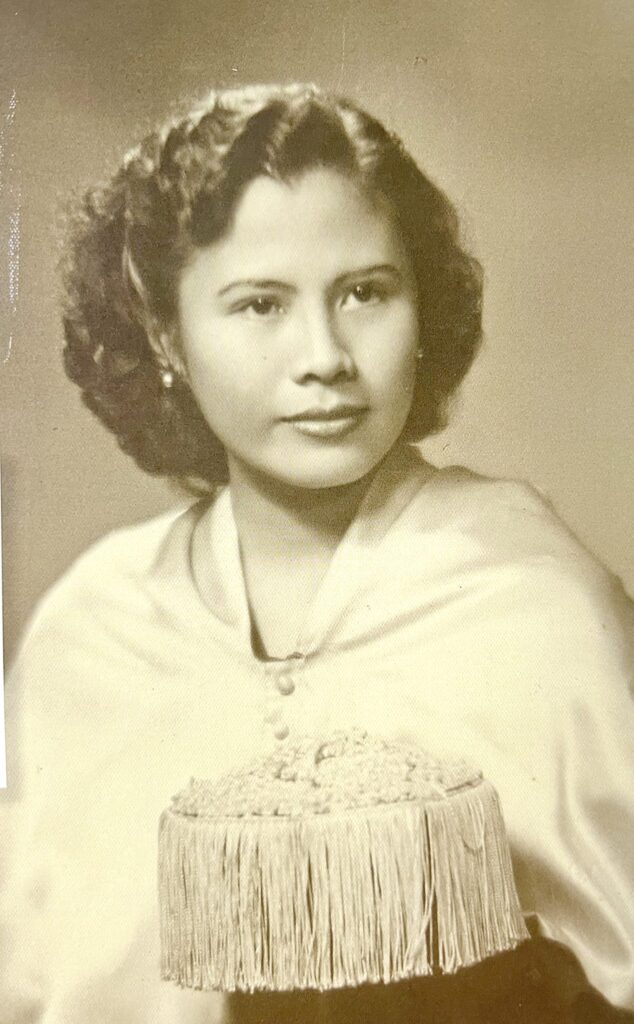
According to the organization’s information sheet, the mission of MARE was to “uplift the lives of the underprivileged and to provide aid in times of disasters throughs five flagship programs: Medical and relief missions, potable water for underprivileged families, Kalinga sa Mga Batang Lansangan, Gulayan at Bulaklakan sa Bakuran and Pangkabuhayan PamPamilya.
The members of MARE Foundation, active during Erap’s presidential administration, were Justa Tantoco, who headed the office of the First Lady, Baby Rodriguez Magsaysay who served in the protocol office, Nina Teves, Fe Ng, Shirley Uy, Gilda Salonga, Brenda Reyes, Evie Costa, Fortune Ledesma, Gemma Araneta, Chit Salud, Ginia Baltazar, Nene Leonor, Chit Gohu, Fely Avecilla, Josie Bernardo, Keiko Gardener, Sonia Co, Ging Cruz, Fe Yu, Evelyn Duran, Anabel Cordon, Bella Caedo, Precy Mathay, Norma Virtucio, Girlie Estrella, Cathy Marte, Nanet Tanyag, Chit Dee, Mila Baylon, Linda Marquez, Fanny Blanco, Concep Brosas, Nati Pappas and Tessie Rodrigo. These ladies were not only civic leaders who believed in social service, they were also steeped in spirituality through their attendance in regular prayers and meditation in their Cenacle sessions and daily mass attendance.
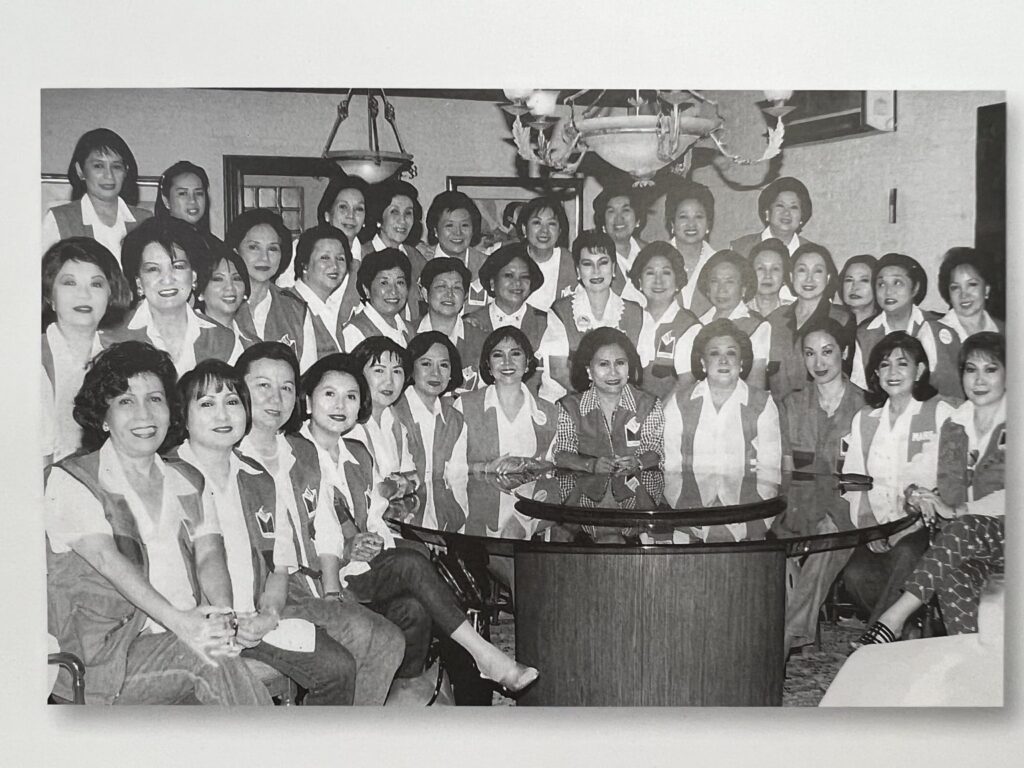
This core group would soon grow, reaching a mass-based membership of 5,000 in Metro Manila.
If its membership was impressive, not so much for the high society ladies, club women and old friends who rallied around Doctora Loi, the accomplishments of MARE, under the First Lady’s leadership, were noteworthy.
Realizing the “terrible health situation in the rural areas, the First Lady organized the Erap Partnerships for the Poor Foundation.
She wrote, “…with the goal of producing and distributing complete mobile clinics — the first in the country — to support health and medical missions in the provinces. Each mobile clinic would have basic x-ray machines, laboratory and dental facilities, and a small operating theater for emergency surgeries. With an initial grant from the Philippine Charity Sweepstakes Office (PCSO), we were able to distribute five mobile clinics during Daddylo’s (President Erap’s) three years in office, piloting in Batanes, before continuing to Oriental Mindoro, Sorsogon, Aklan and Tawi-Tawi.
“That was around 1999, when we also began the free dialysis service for the general public in the Malacanang Clinic, in a project called ‘Dialysis Center for the Poor.’ We had 15 machines operating then, 10 of which were donated by several NGOs and Baxter Pharmaceuticals. Within six months, we had around 300 patients regularly coming to the clinic; by 2005, the clinic had served more than 160,000 individuals and provided more than 600,000 different medical services.
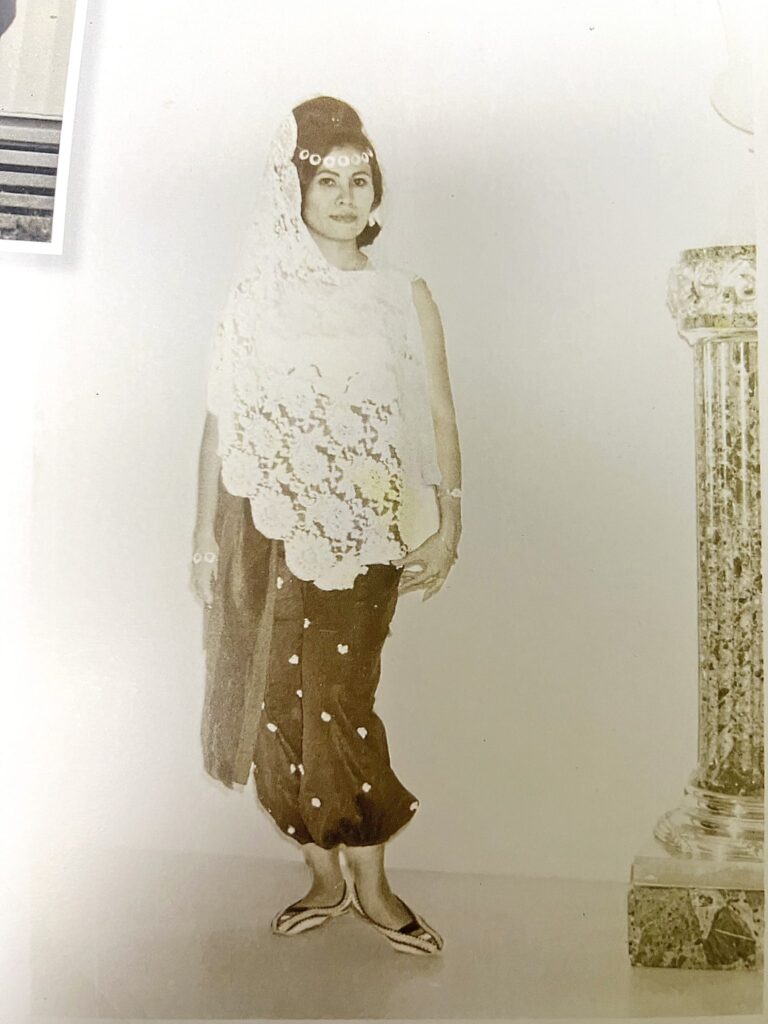
“I also advocated education for the youth, seeing how I benefited from a good education. One of the plans as we began Daddylo’s administration was to develop the Village of Street Children Care in Antipolo, Bacoor, Iligan and Capiz, which caught the attention of the Japanese government. We were invited to a meeting by the Japan International Coordinating Agency (JICA) Tokyo, during which they pledged support. With JICA’s backing and the assistance of the Department of Social Welfare and Development (DSWD), we were able to launch the project in Alabang, Muntinlupa. It is still operational now as the Tuloy sa Don Bosco Street Children Village under the Salesian Fathers.”
To this day, the MARE Foundation remains a force and institution for providing assistance to underprivileged Filipinos. Notwithstanding Doctora Loi’s keeping a low profile, and her passing on the mantle of leadership of the organization to daughter Jackie, her commitment to the cause of MARE “towards healthier and more prosperous Filipino families in the 21st century” remains her primordial goal deep in her heart.
Indeed, while she lent herself to the ceremonial requirements of her position, including cutting ribbons at the openings of exhibitions and inaugurations of infrastructures and institutions, she dedicated herself to the bigger causes as she addressed the needs of the majority of Filipinos in need of assistance. In that sense, she was an ideal First Lady, one who played her part with dignity, dedication and sense of duty.
If you wish to purchase the book, Love, Mommyla by Loi Ejercito-Estrada, please contact Ms. Lea Afable – 09266823585 or 09631777357 – Jojo G. Silvestre/Tribune.net
References:
Love, Mommyla by Loie Ejercito Estrada
MARE: Caring for the Nation and the People
Danilo L. Dolor, chairman Tribung Pilipino Foundation

